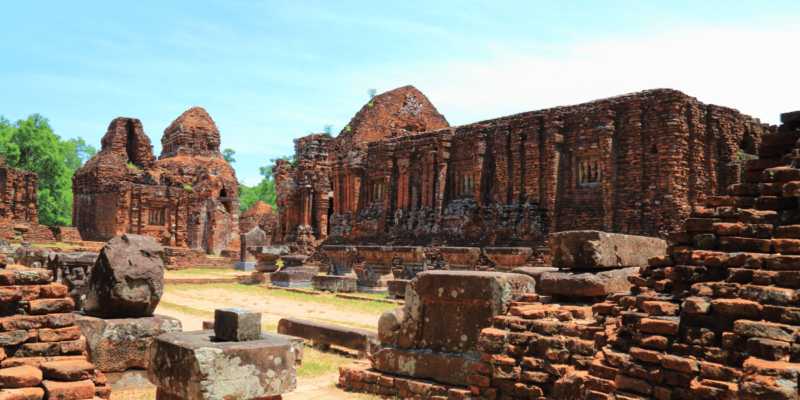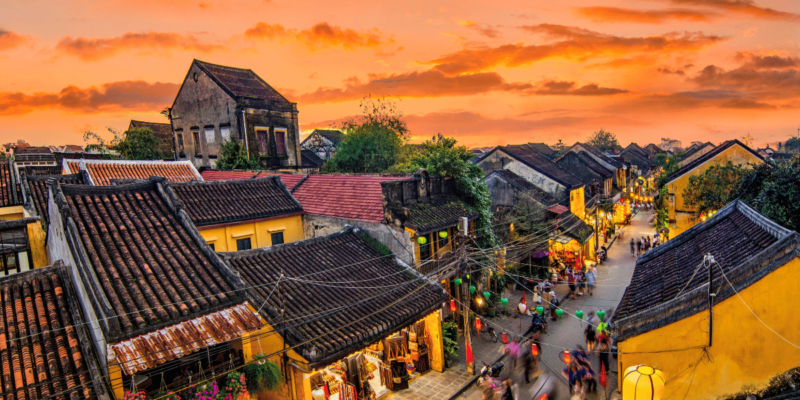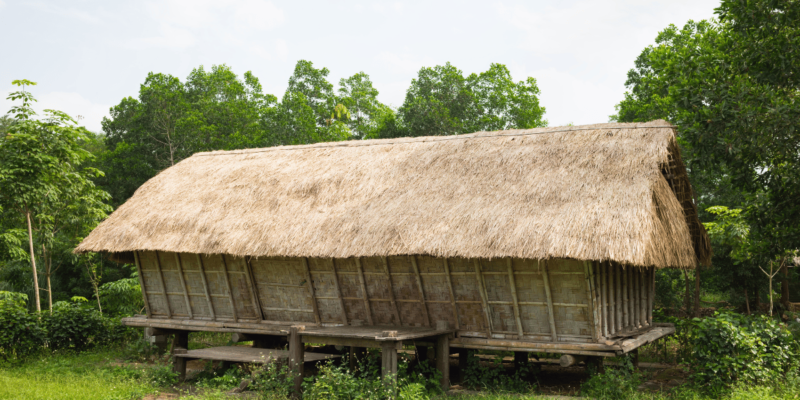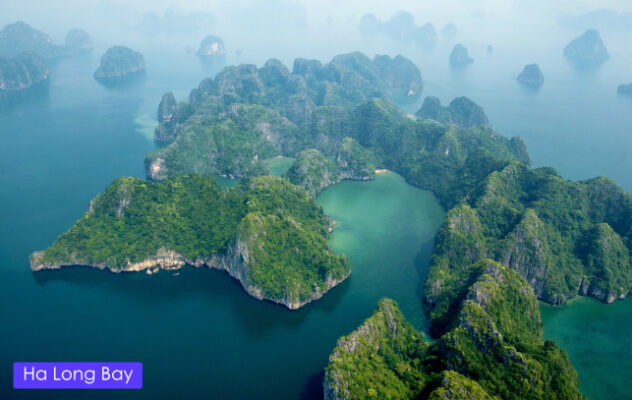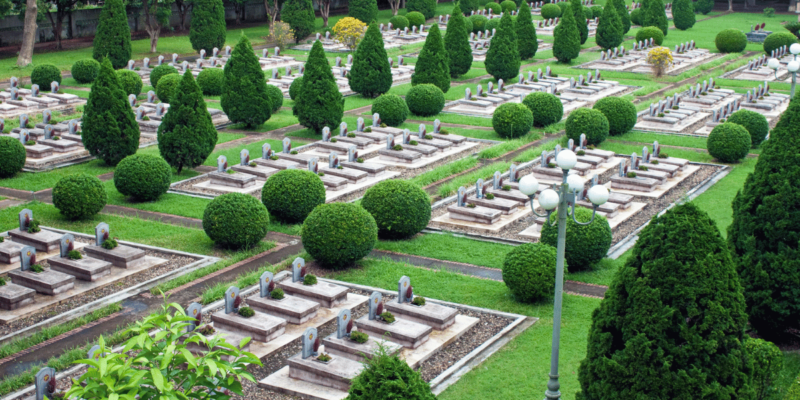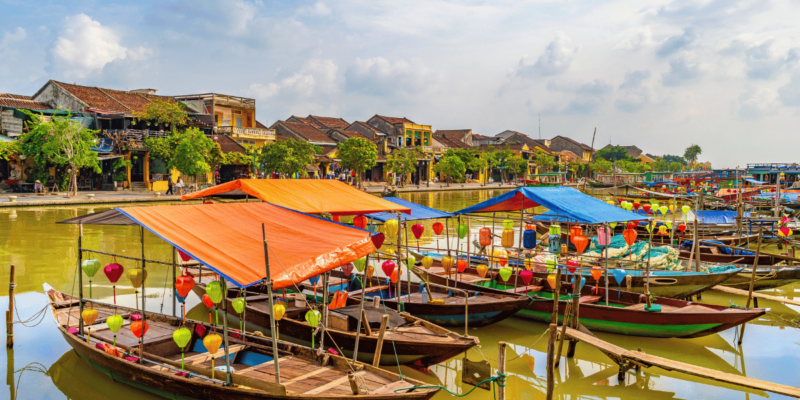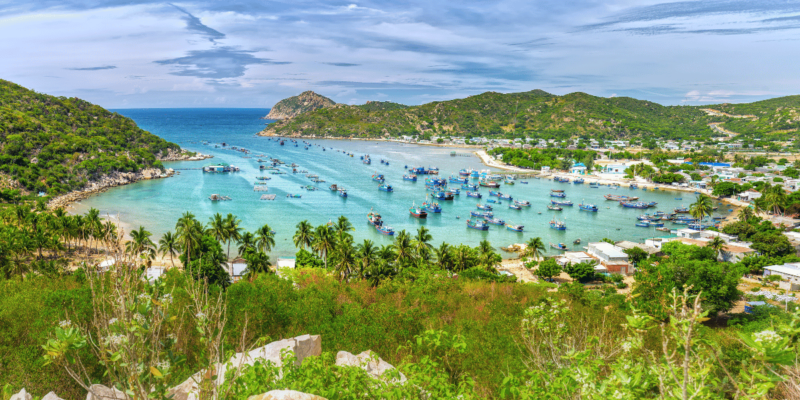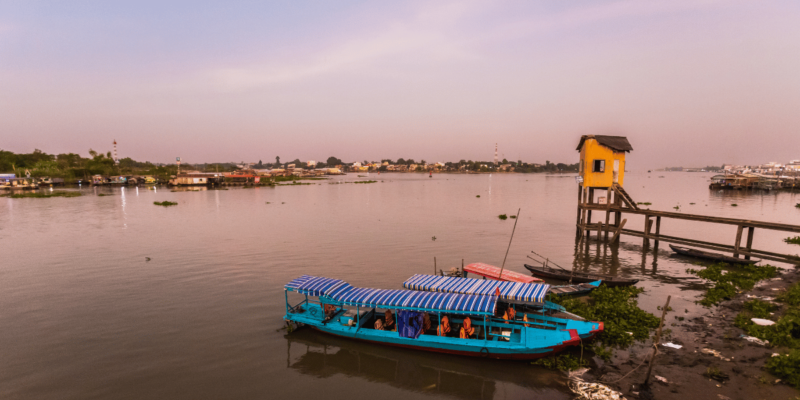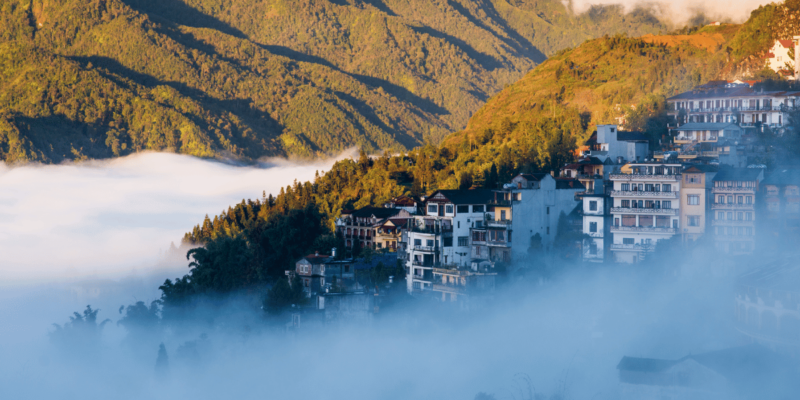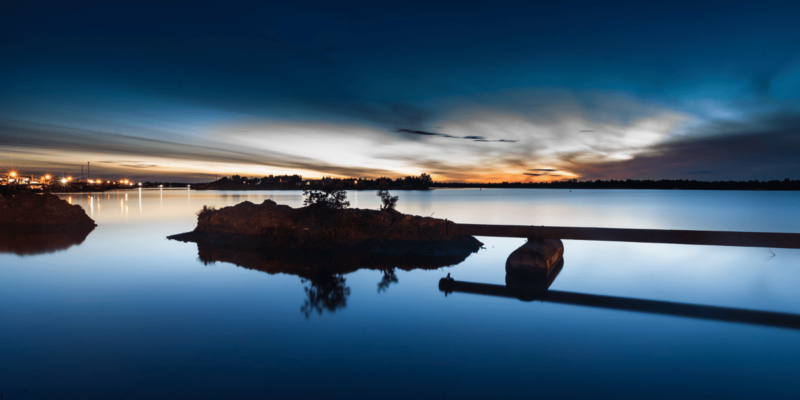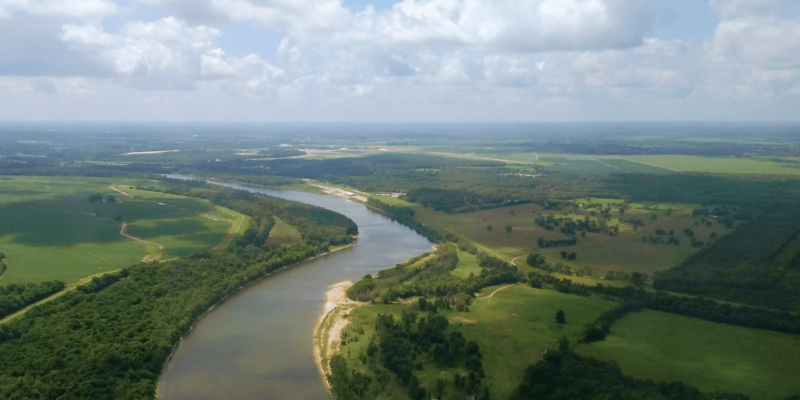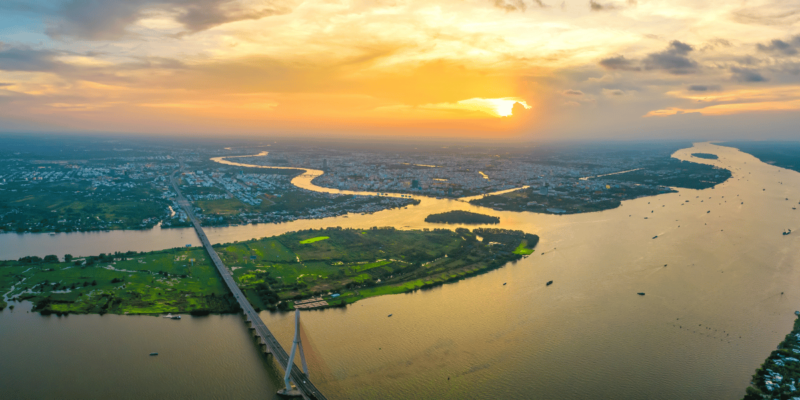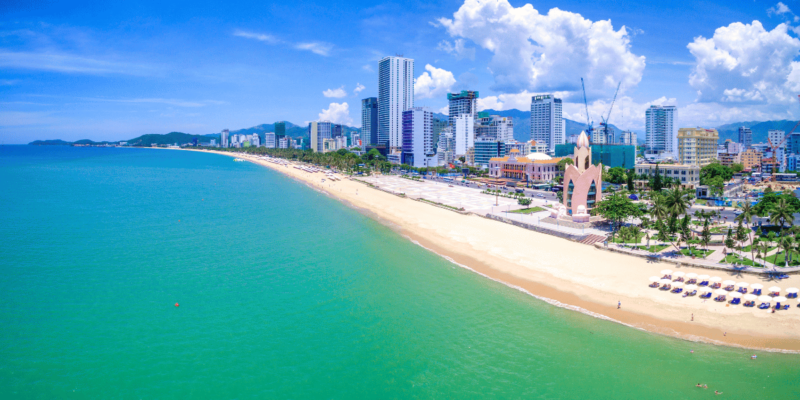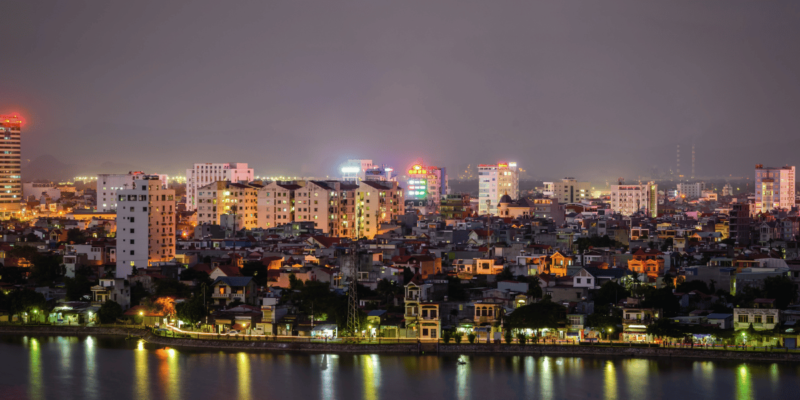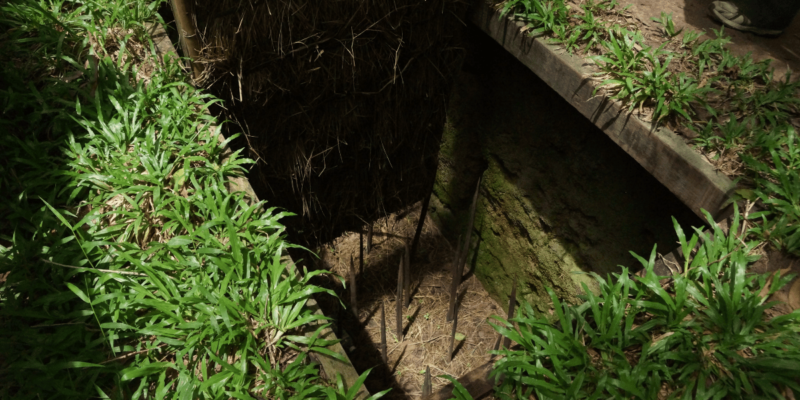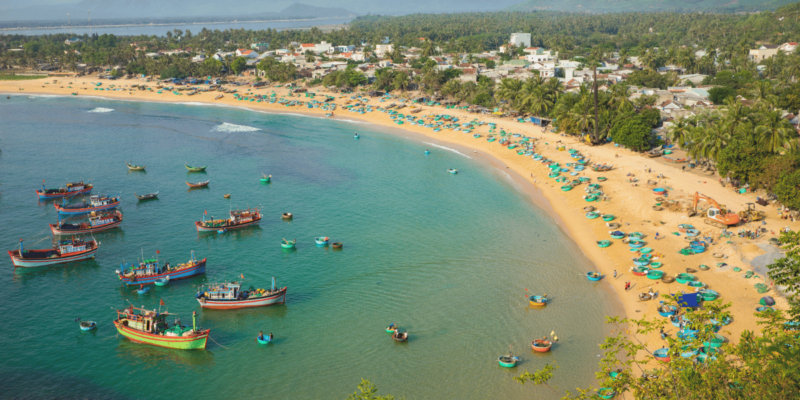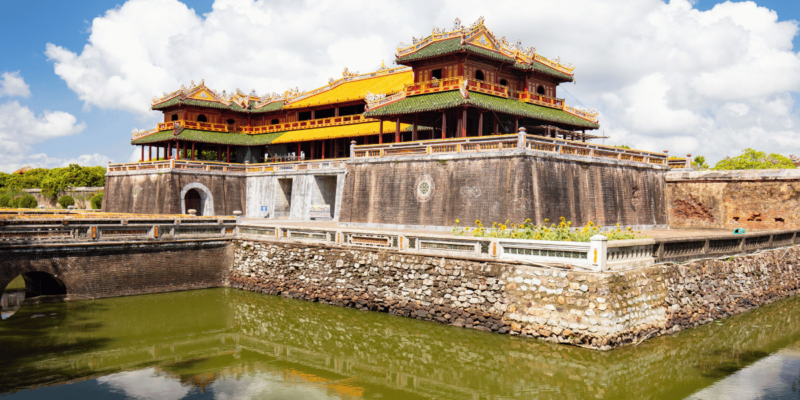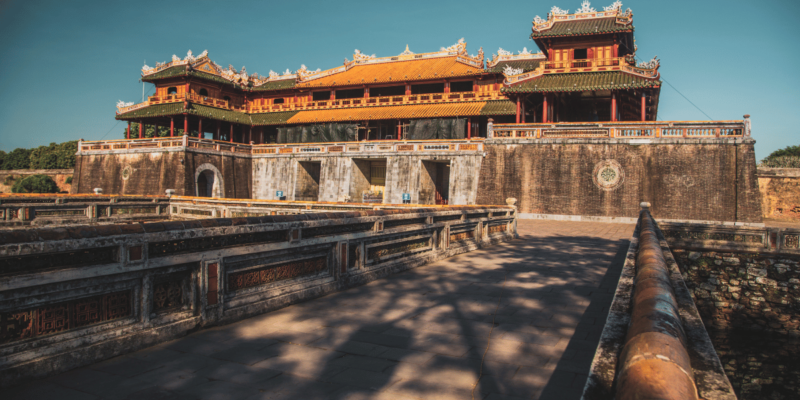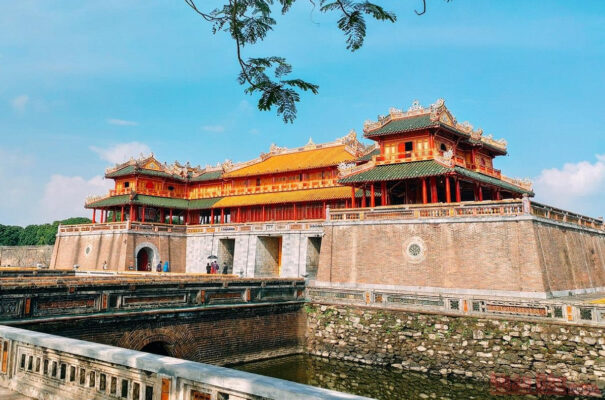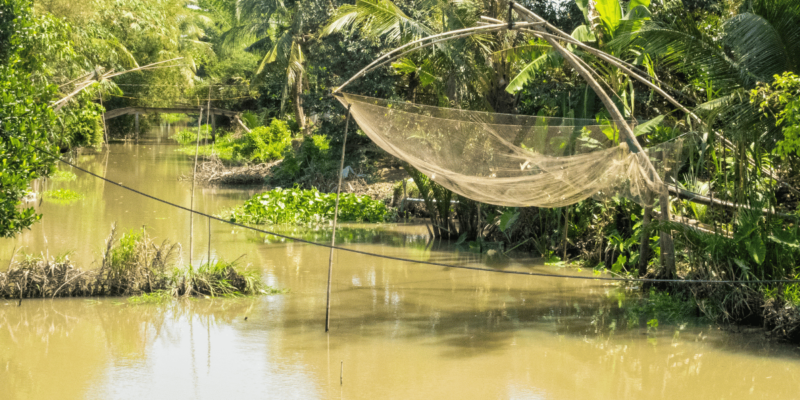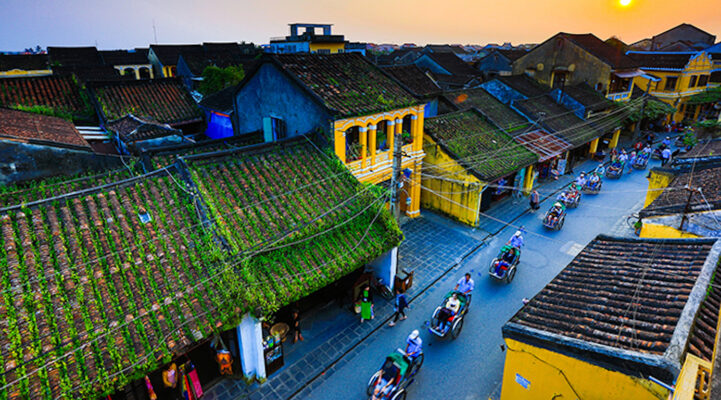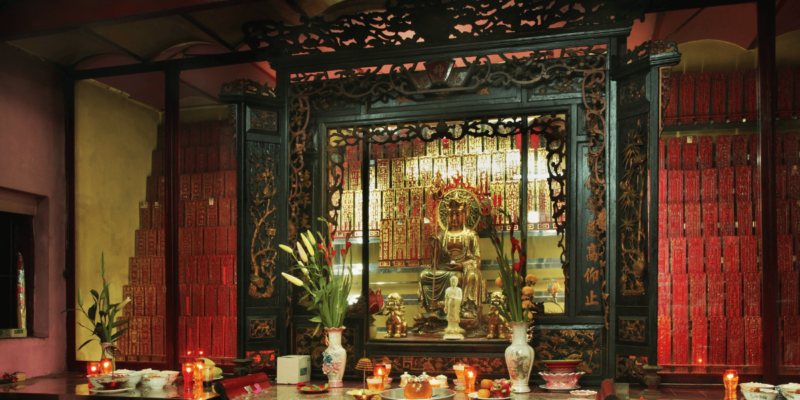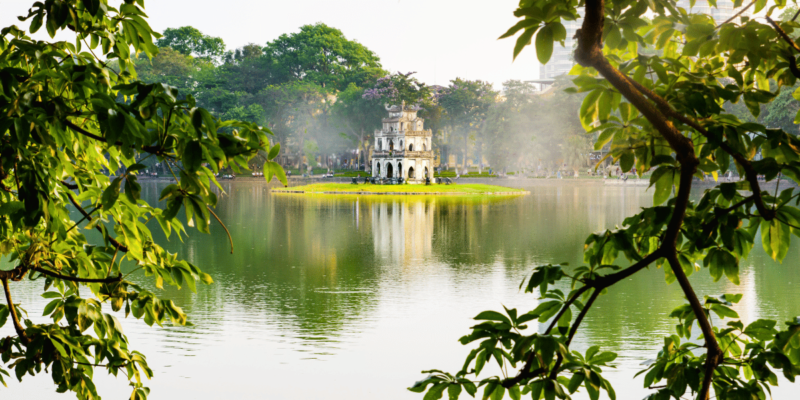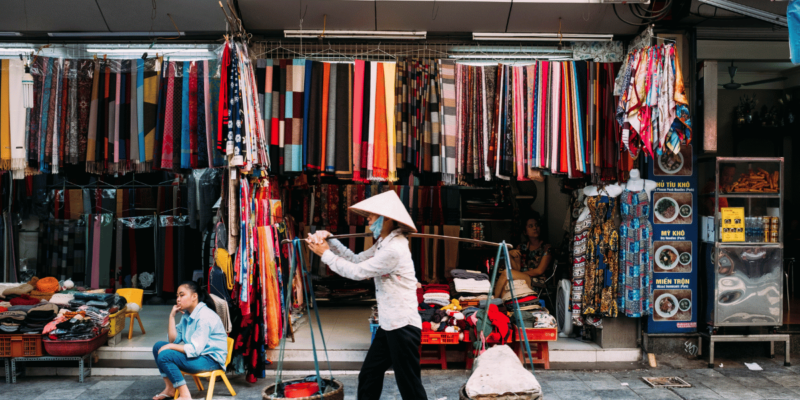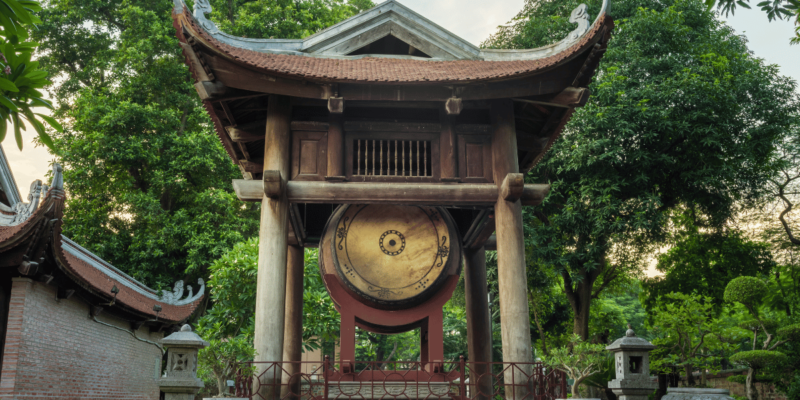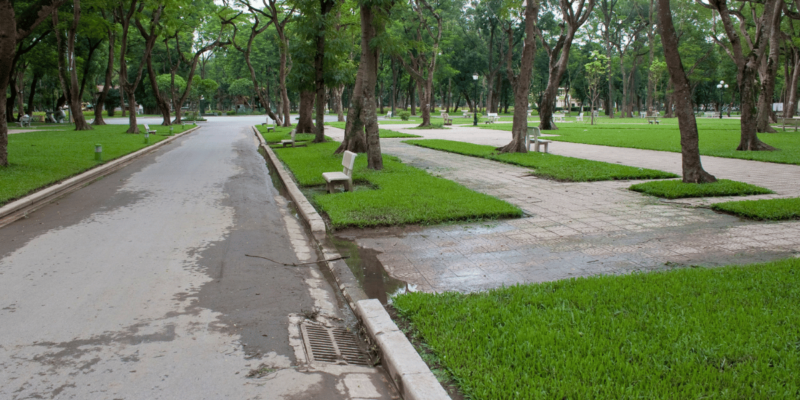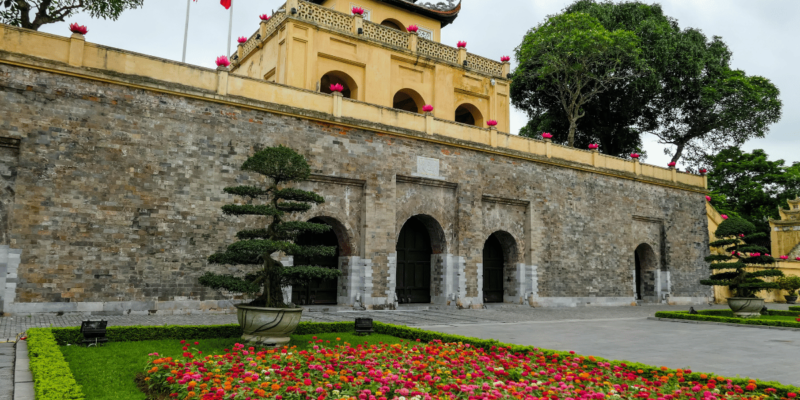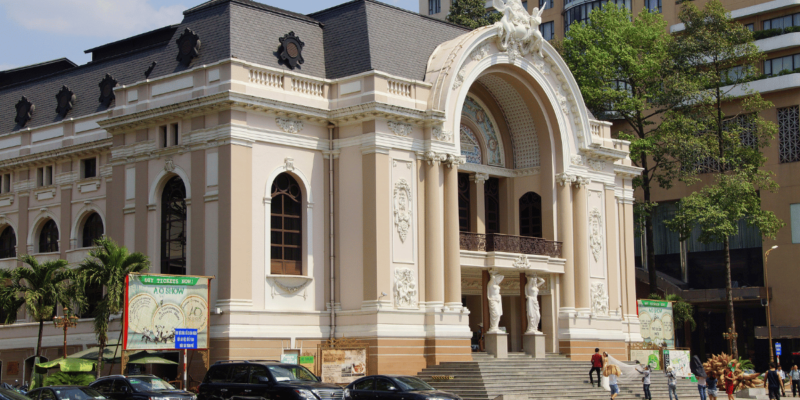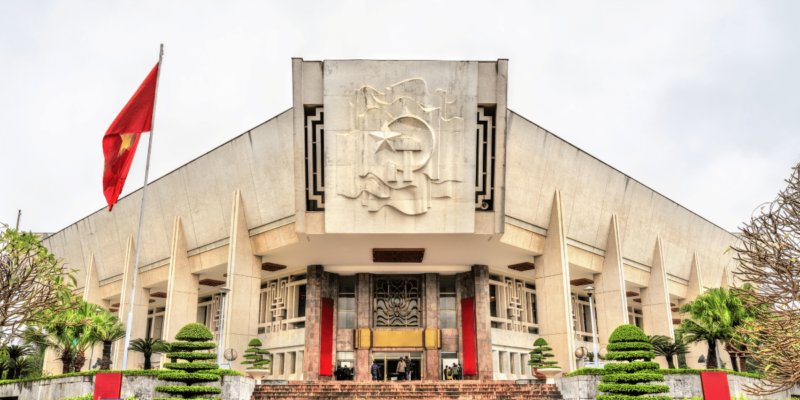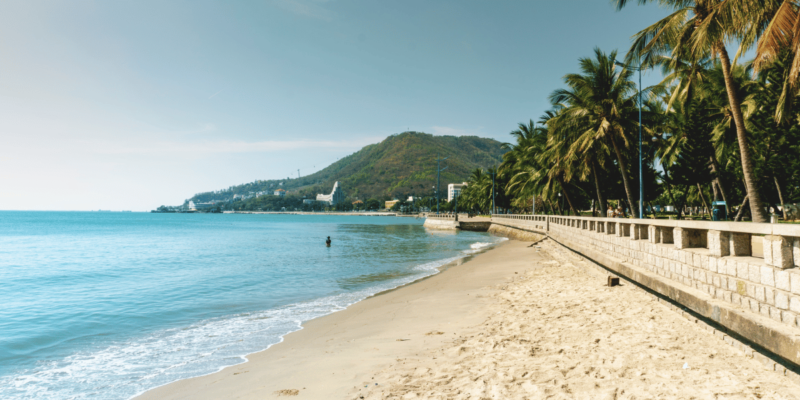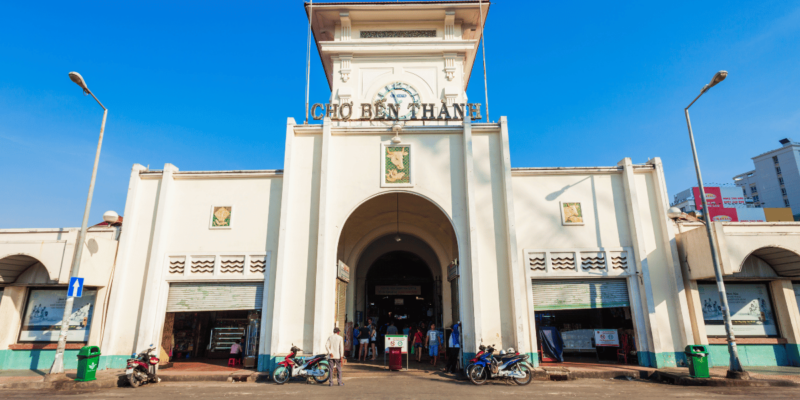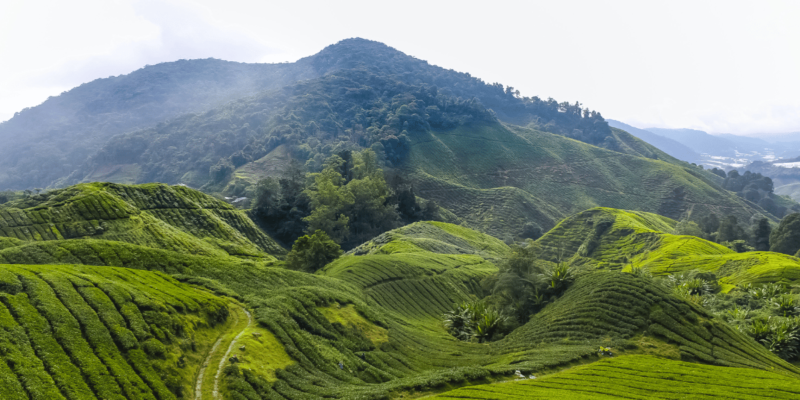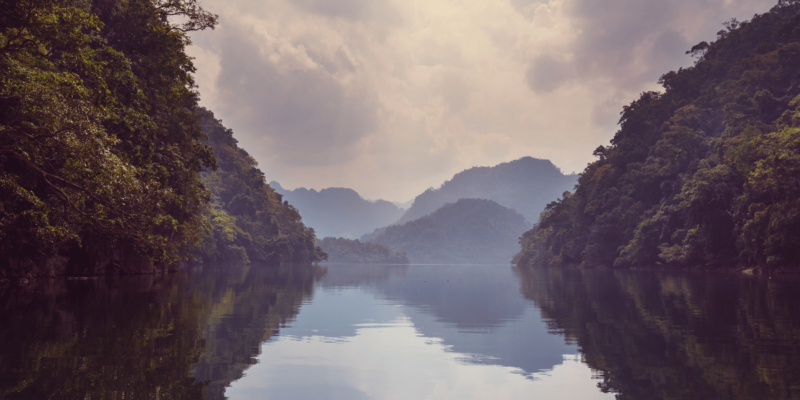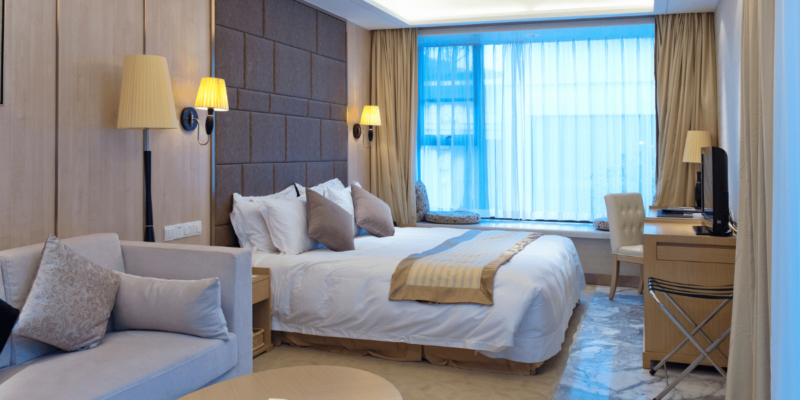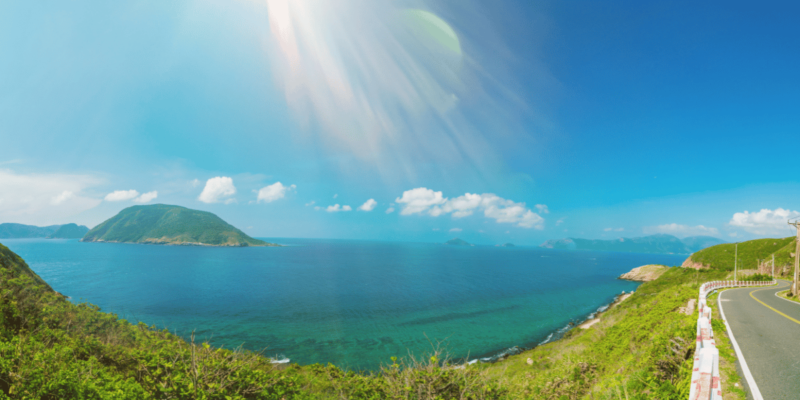The Mekong Delta: Vietnam’s Vibrant Waterworld
The Mekong Delta, or Cuu Long, meaning “nine dragons,” refers to the nine tributaries that traverse this expansive area before flowing into the sea. Covering over 62,160 square kilometers of Vietnam’s territory, this region is not only one of the richest rice bowls of Asia but also a captivating network of canals, rivers, and islands rich in both culture and biodiversity.
Formation and Agriculture Formed over 6,000 years ago, the delta is a testament to the nurturing power of the Mekong River, which sustains an array of ecosystems and supports one of the world’s most productive rice-growing regions. The fertile silt deposited by the Mekong River makes the delta extraordinarily productive for agriculture, particularly for rice, fruit orchards, and fish farms.
Life on the Water The life of the delta’s inhabitants is intricately tied to the rhythms of the Mekong River. The annual flooding of the river may seem like a challenge from an outsider’s perspective, but for the delta’s residents, it brings essential nutrients to their fields and is a critical part of their farming cycle. The floating markets are a colorful and essential aspect of daily life here, where boats laden with fruits, vegetables, and goods serve as both transportation and commerce hubs, vital for the survival of the local communities.
Transport and Access Access to the Mekong Delta is an adventure in itself, with options varying from road journeys out of Ho Chi Minh City’s bustling activity to tranquil boat rides that connect the major towns of Vinh Long, My Tho, and Can Tho. While My Tho is often the first stop for many tours, it is somewhat commercialized. In contrast, lesser-known areas offer a glimpse into the authentic and rustic life of the delta, with less commercial influence and a more genuine interaction with local culture.
Wildlife and Ecology Beyond human activity, the delta is a dynamic ecosystem buzzing with wildlife. The densely packed mangrove forests are particularly crucial for biodiversity, hosting a variety of bird species, fish, and plant life that form the backbone of the local ecology. Conservation efforts are ongoing to maintain this delicate balance and ensure the survival of this vital natural habitat.
Cultural Richness The cultural tapestry of the Mekong Delta is as diverse as its landscapes. Here, music, festivals, and culinary traditions reflect a deep connection with the river and its bounty. Traditional dishes, often based on fresh fish and local produce, highlight the delta’s gastronomic richness, while folk music and dances narrate stories of life by the river.
Conclusion The Mekong Delta offers more than just a peek into the agricultural heartland of Vietnam; it invites visitors to experience a way of life that is intimately connected to the waterways. Whether it’s exploring the vibrant floating markets, navigating the intricate waterways, or simply soaking in the serene natural beauty, the Mekong Delta is a profound testament to the enduring spirit of an aquatic landscape that continues to shape the lives and destinies of its inhabitants.



